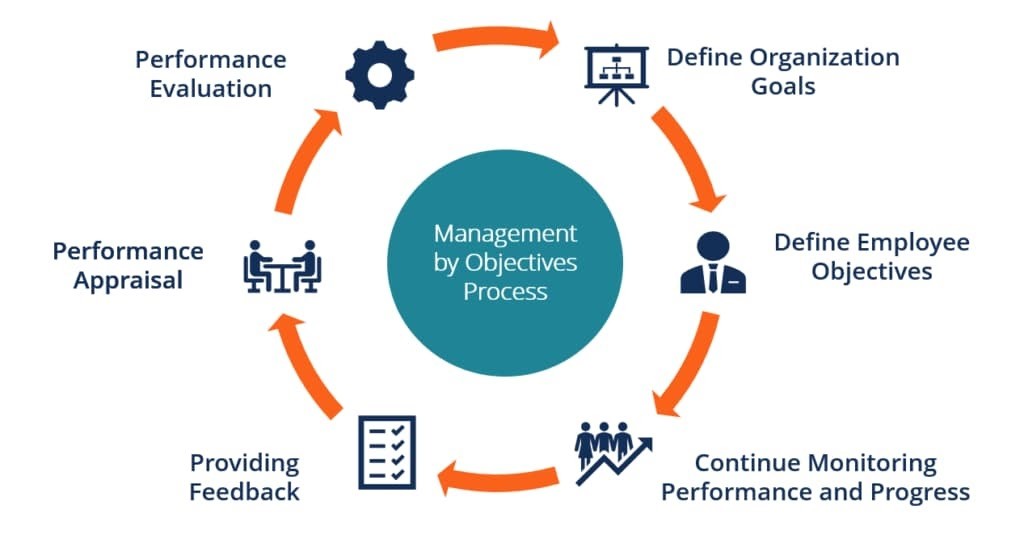A very famous Cheshire cat once said, "If you don’t know where you’re going, any road will take you there."
Alright, maybe Lewis Carroll is actually the one that penned that quote, but it’s true nonetheless, and good advice for life and business.
As a leader, you have expectations for your team. You want to see a specific level of performance and efficiency, but have you ever been clear about exactly what success looks like?
If goals and desired outcomes are not communicated to employees, they can’t possibly meet your expectations. This leads to micromanaging or helicopter-managing and instills the belief in your employees that you do not trust them or their ability to achieve results. Over time, this breeds resentment erodes job satisfaction and increases the rate of turnover as employees go off in search of greener pastures.
If you’ve seen this situation occur multiple times throughout your organization, it’s time to look at your leadership style. Do you provide your employees with the knowledge and the skills they need, and clearly communicate what you want to see?
If not, it’s not too late. Shift your mindset and company culture to management by objectives and watch your employees step up to the challenge.
What is management by objectives?
The term "management by objectives" (MBO) may be new to your vocabulary, but it’s certainly not a new concept. MBO is one approach managers use to get the most out of their employees. It involves creating a series of concrete goals for an employee to accomplish for the betterment of the organization.

What is the purpose of management by objectives?
MBO ensures that employees receive clear communication regarding their roles and responsibilities, and they understand the role they play in the overall health of the organization. It not only helps them get clear on what’s expected of them but also gives them a sense of purpose as they take ownership of how they impact the rest of the organization and help meet its mission.
Businesses that operate in silos where from one department to another, people don’t know what anyone else is working on, have a lower chance of succeeding. Employees can easily become disheartened when they can’t see the larger picture. Management by objectives aims to break down these walls for great transparency across organizations.
Management by Objectives Advantages and Disadvantages
Just like any management style, there are pros and cons to management by objectives. Let’s take a closer look:
Advantages of Management by Objectives
- Employees can understand and appreciate their individual impact on the company as a whole.
- Expectations are clearly communicated and based on Key Result Areas (KRAs) tailored to each employee.
- Employees understand what success looks like and what they have to accomplish to reach it.
- Teamwork improves and finger-pointing decreases. Employees know their responsibilities and tasks are less likely to fall through the cracks.
- Employees feel essential and indispensable to the organization as they each perform a unique task.
The Disadvantages of Management by Objectives
- It’s possible for managers to rely too much on MBO and a management style. While it can revolutionize your organization, it has its limitations and is not always appropriate.
- With goals and objectives overemphasized, non-measurable aspects of the work environment (like teamwork, positive customer interactions, etc.) may become less practiced and valued.
- With a constant focus on numbers and metrics, employees may feel anxious about their performance which could make things worse.
As you can see, management by objectives can help your organization move in the right direction, however, it is not a cure-all for every challenge your organization may face. Let’s take a closer look at how to utilize this leadership style for optimum effectiveness.
How To Incorporate Management by Objectives Into Your Organization
Like everything in life, it helps to have a plan before you dive in. Let’s review how to implement MBO in your own company.
Management by Objectives Steps
Define Your Goals
What would you like to see the organization as a whole achieve, and during what time period? These goals should be shared with everyone in your organization.
Create and Communicate Employee Goals
How do your employee’s responsibilities play into the goals of the organization? This will allow you to create specific goals and objectives for them to meet.
Monitor Their Performance and Progress
Review your employees’ performance on a regular basis. Are they hitting whatever numbers you’ve assigned them? Are they steadily working towards a larger goal?
Assess Their Performance
It’s good to know where your employees stand, however, it’s even more important to communicate how they’re doing with them. Without regular performance reviews, your employees can’t gauge how they are performing and if changes need to be made.
Provide Feedback
If employees are doing well, let them know. You may wish to do this privately or publicly to congratulate them and inspire others. If they are not meeting your expectations, provide this feedback privately so as not to demean them in front of their colleagues. You will also need to give them steps to take to improve their performance.
If they’re not reaching their goals, this may be because those goals have not been properly communicated, or because they don’t have the right tools to do what’s expected. Have a conversation to assess if either of these factors is at play, and then do whatever is necessary to remedy the situation.
When you follow these steps, you can implement a successful culture of management by objectives and see an improvement in your team’s performance. This works for a sales environment, as well as customer service, or any other department in an organization.
Management by Objectives Examples
If this sounds like something you’d like to try, you may be wondering what are some examples of objectives that you could set. While specific objectives may differ depending on your industry, product, and specific company, there are some blanket objectives that you can begin with. While any department can use MBO, we’ll take a look at 3 specific instances.
Sales MBO examples
- Decrease the sales cycle to 2 months
- Increase the average sales to $10,000
- Bring in 15 new customers
Marketing MBO Examples
- Increase social media likes by 40%
- Increase time spent on the website by 5 minutes
- Generate 500 new leads per month
- Get 5 media placements
Customer Service BMO Examples
- Decrease call time to under 5 minutes
- Increase customer satisfaction by 30%
- Reduce manager call intervention by 10%
Human Resources MBO Examples
- Improve retention rate by 15%
- Implement a leadership training program for remarkable employees
- Increase employee satisfaction by 30%
When it’s time to inspire your team and breathe new life into your organization, consider incorporating management by objectives into your company culture. You may be surprised how well your employees take to this new system and once they understand your expectations they’re in a better position to meet or exceed them.

